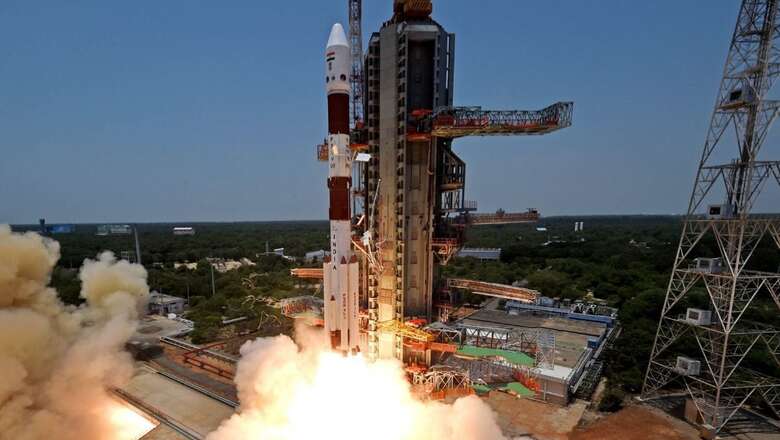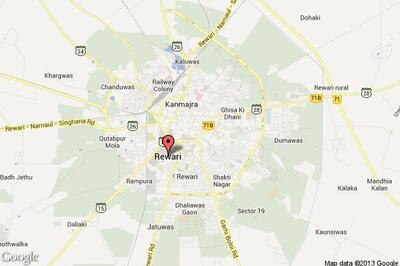
views
The Indian Space Research Organization (ISRO) is all set to begin the New Year with the launch of its first X-Ray Polarimeter Satellite (XPoSat) to investigate the intense polarisation of X-ray sources in space.
The research mission will help astronomers advance their understanding of how the fascinating system of X-rays work in space and enable them to unearth new information about some of the major cosmic events. Polarisation of X-rays by astronomical sources has drawn a lot of interest among astronomers especially in wake of recent revelations made by NASA’s polarimetry mission – IXPE.
ISRO’s old workhorse PSLV will execute the mission at about 9.10am on Monday. Once injected into a Low Earth Orbit (LEO) of about 650 kms, it will provide data for the next five years. The satellite will have two main payloads developed by Bengaluru-based Raman Research Institute (RRI) and the other developed by ISRO’s U R Rao Satellite Centre (URSC), ISRO.
The main payload POLIX will serve as an X-ray Polarimeter designed for astronomical observations within the medium energy band of 8-30 keV, and will observe bright astronomical sources across various categories. Another payload XSPECT is an X-ray Spectroscopy and Timing instrument, designed to offer fast timing and spectroscopic resolution in soft X-rays (0.8-15 keV). It will observe a variety of sources, including X-ray pulsars, black hole binaries, low-magnetic field neutron stars (NS), active galactic nuclei (AGNs), and magnetars.
WHY IS IT IMPORTANT?
Such missions are also instrumental in unravelling the mysteries surrounding the universe’s most intriguing events like the supernova explosions. They are important for astronomers who are investigating some of these celestial processes and the X-ray emitted by them.
Polarisation is basically a property of light. By studying how X-ray polarisation works in space, astronomers can create new mysteries about where the light is coming from and what is that energy source. NASA also recently launched a mission to study X-ray polarimeters in space in December 2021. The mission called IPEX (Imaging X-ray Polarimetry Explorer) has already completed its mission life of two years and was extended till 2025.
In fact, the XPoSat energy range of 8-30 keV for polarisation measurement is complimentary to IXPE energy range of 2-8 keV. According to ISRO, both the spacecraft will be operational in the same time-frame and will collectively probe different emission mechanisms and physics for bright X-ray sources and provide a wide observation window in the energy range of 2-30 keV for polarimetric observations for bright X-ray sources.
ADITYA L1 INCHING CLOSER TO DESTINATION
It is set to be a busy new year for the space agency, as its first-ever solar observatory Aditya L-1 is also expected to reach its destination during the first week of January. Launched on September 2, the satellite is on its way to the L1 point in the Sun-Earth system which is about 1.5 million kms away from the Earth. It will operate in a ‘Halo orbit’ around L1 which is large enough in size to be continuously viewed from Earth and would appear to form a halo around the L1 point.
Several operational spacecraft of NASA are also currently stationed around the L1, and ISRO will have to perform timely manoeuvres once it reaches closer to L1. The spacecraft carries seven payloads to observe the photosphere, chromosphere, and the outermost layers of the Sun (the corona) using electromagnetic and particle detectors. Some of the payloads have already become operational and started relaying data.


















Comments
0 comment